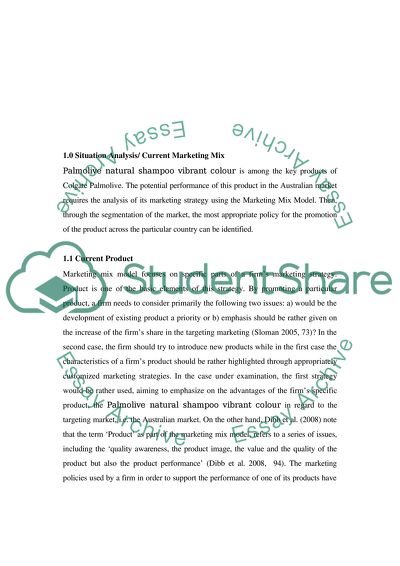Cite this document
(“Palmolive - Target Market Identification Report Essay”, n.d.)
Retrieved from https://studentshare.org/marketing/1412548-palmolive-target-market-identification-report-and-collage
Retrieved from https://studentshare.org/marketing/1412548-palmolive-target-market-identification-report-and-collage
(Palmolive - Target Market Identification Report Essay)
https://studentshare.org/marketing/1412548-palmolive-target-market-identification-report-and-collage.
https://studentshare.org/marketing/1412548-palmolive-target-market-identification-report-and-collage.
“Palmolive - Target Market Identification Report Essay”, n.d. https://studentshare.org/marketing/1412548-palmolive-target-market-identification-report-and-collage.


